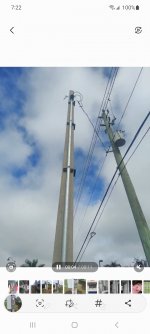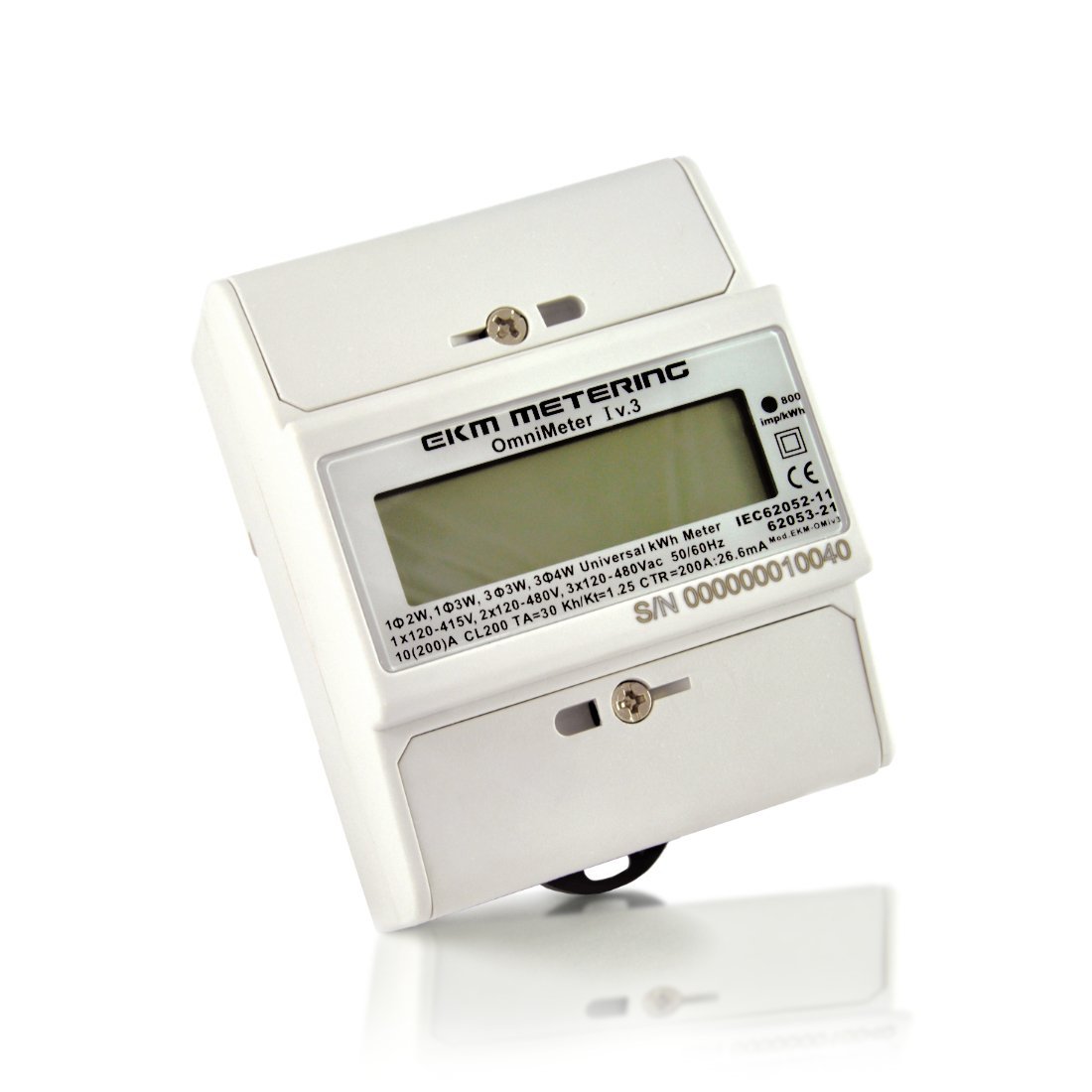Tim_Nelson
Member
- Location
- Bonita Springs,Fl.
I'm working in south florida and we are doing street light repairs for the city municipality where i'm at.
FPL is our provider.
Basically, the city has been paying a flat rate from FPL to operate their lights. But now they want meters because we have been changing from high pressure sodium to LED.
No big deal so I THOUGHT.
But are after consideration?
480 V to ground has a couple of complications.
number one.
Will the meters handle 480 V on one leg?
Number two
Is there a meter that FPL can provide that will read one leg at 480 volts to ground?
Anyone who's worked with Fpl, Knows about the cooperation that they do or do not have depending on circumstance.
I'm just trying to get a leg up.
Will they need a CT meter?
Or is there something that I can suggest?
Granted, this is the utility company's problem. However, they really don't care as I'm sure anyone that has worked with utilities understands.
Ok.
Let us open the discussion
FPL is our provider.
Basically, the city has been paying a flat rate from FPL to operate their lights. But now they want meters because we have been changing from high pressure sodium to LED.
No big deal so I THOUGHT.
But are after consideration?
480 V to ground has a couple of complications.
number one.
Will the meters handle 480 V on one leg?
Number two
Is there a meter that FPL can provide that will read one leg at 480 volts to ground?
Anyone who's worked with Fpl, Knows about the cooperation that they do or do not have depending on circumstance.
I'm just trying to get a leg up.
Will they need a CT meter?
Or is there something that I can suggest?
Granted, this is the utility company's problem. However, they really don't care as I'm sure anyone that has worked with utilities understands.
Ok.
Let us open the discussion




